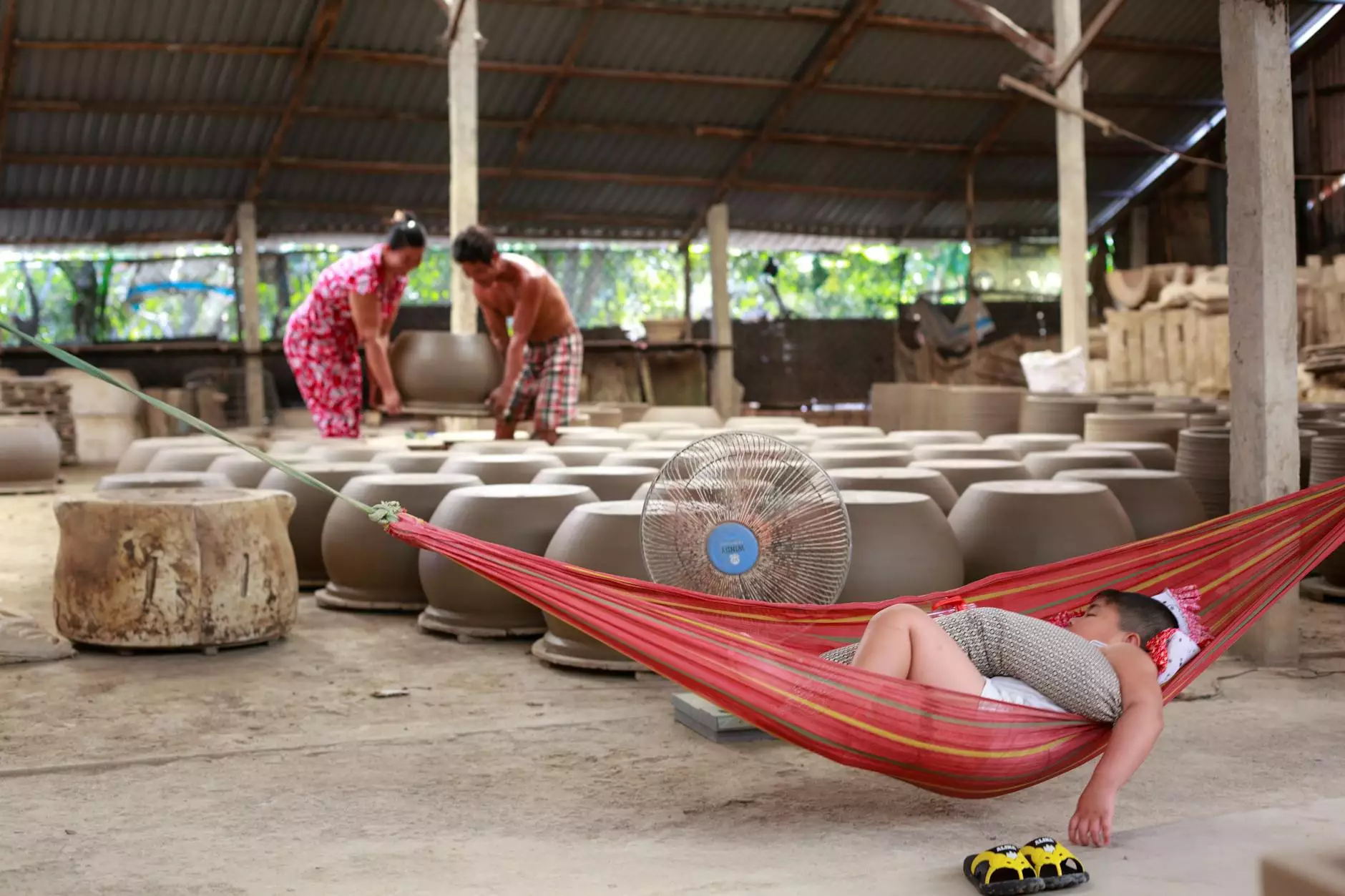Key Differences Between Indoor and Outdoor Fans
Ceiling Fans
Introduction
Welcome to the informative guide covering the key differences between indoor and outdoor fans. In this article, we will explore the distinct features, functionalities, and considerations when choosing a fan for your specific needs. Whether you are looking to cool down your living room or create a comfortable outdoor space, we will help you make an informed decision.
Indoor Fans
When it comes to indoor environments, fans play a crucial role in maintaining a comfortable temperature and improving air circulation. Indoor fans are designed to operate in controlled environments, away from direct exposure to extreme weather conditions. Let's discuss the key characteristics and considerations of indoor fans:
Design and Aesthetics
Indoor fans are crafted with elegance and style, enhancing the overall décor of your living spaces. They come in a wide variety of designs, finishes, and sizes, allowing you to choose the perfect match for your interior design theme. From sleek modern designs to classic vintage looks, indoor fans offer versatile options for any style preferences.
Performance and Efficiency
Indoor fans are optimized for efficient airflow and noise reduction, ensuring a serene and comfortable environment. With advanced motor technology and blade designs, they provide powerful yet quiet air circulation. Many indoor fans also come with adjustable speed settings and remote controls, allowing you to customize the airflow according to your preferences.
Installation and Maintenance
Installing an indoor fan is typically a straightforward process and can be easily done by following the provided instructions. Regular maintenance, such as cleaning the blades and checking the motor, is crucial to ensure optimal performance and longevity. Indoor fans are generally designed for easy cleaning and upkeep, making the process hassle-free.
Outdoor Fans
Outdoor fans are specifically designed to withstand various weather conditions, making them suitable for use in patios, gazebos, and other outdoor areas. Let's explore the key features and considerations of outdoor fans:
Durability and Weather Resistance
Outdoor fans are constructed with materials that can withstand exposure to moisture, humidity, and UV rays. They are often made from rust-resistant materials such as stainless steel or treated with weather-resistant coatings. These features help outdoor fans endure rain, wind, and other outdoor elements, ensuring their longevity and reliable performance.
Enhanced Airflow and Cooling
Outdoor fans are specifically designed to produce increased airflow, creating a cooling breeze in open spaces. They are equipped with efficient motors and larger blades to circulate air effectively over a wider area. Some outdoor fans also feature misting systems or built-in light fixtures, providing additional comfort and utility for outdoor settings.
Protection and Safety Measures
To ensure safety in outdoor environments, outdoor fans often come with built-in safeguards. These can include features like enclosed motors and sealed electrical components to protect against moisture, as well as specialized mounting options for secure installation. It is essential to choose a fan that meets the necessary safety standards for outdoor use.
Choosing the Right Fan for Your Needs
When selecting between indoor and outdoor fans, it is vital to consider your specific requirements. Here are a few factors to keep in mind:
Intended Usage and Location
Determine where you plan to use the fan. If it's for an indoor space, assess the room size and ceiling height to choose an appropriately sized fan that can effectively circulate the air. For outdoor areas, consider the available space and the level of weather exposure to select a durable fan designed for outdoor use.
Noise Level
Consider the desired noise level for the fan. Indoor fans are typically designed to operate quietly, while outdoor fans may produce slightly higher noise due to their enhanced airflow capacity. Evaluate your tolerance for noise and choose a fan accordingly.
Budget and Cost
Set a budget range for your fan purchase and compare different options based on their features, quality, and price. Remember to consider the long-term costs associated with maintenance and energy consumption to make an informed decision.
Conclusion
When it comes to selecting the right fan for your needs, understanding the key differences between indoor and outdoor fans is essential. Indoor fans offer elegance, efficiency, and versatility, while outdoor fans provide durability, enhanced airflow, and weather resistance. By carefully considering your requirements and the specific characteristics of each fan type, you can make a well-informed decision that ensures optimal comfort and performance in any space.
For a wide selection of high-quality indoor and outdoor fans, visit Best DIY Furniture Paint. We offer an extensive range of fans crafted with precision to meet your unique preferences and needs.




